Today, after a long wait, I received an FE-mount Sony 100-400 f/4.5-5.6 GM OSS lens. I’ll be reporting on it for the next week or so. First thing I do these days when I get a new lens is run the Siemens Star test on it, in order to detect manufacturing errors. The test is described here.
At 100 mm, the entire scene:

The camera used was an a7RII. Target distance for all shots was 80 meters. All images were exposed at f/5.6 and 1/3200 second, developed in Lightroom with default settings except for white balance, which was set to Daylight. Crops were 477×474 pixels, and are enlarged for the web. I made all the crops at all focal lengths the same so that you can compare sharpness as a function of focal length. I did not correct for light falloff in the corners and edges. Here’s the center:
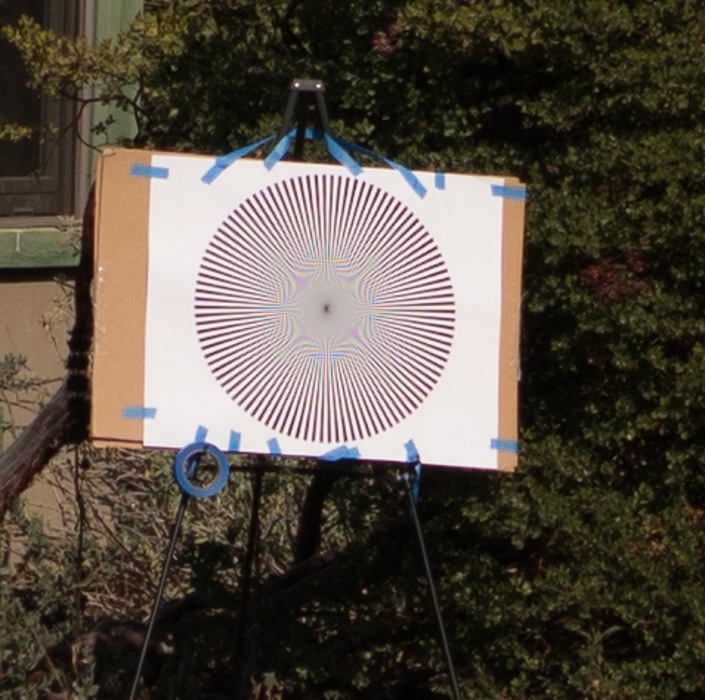
The lens is very sharp.
Now I’ll go around the periphery of the frame clockwise, comparing opposite sides.
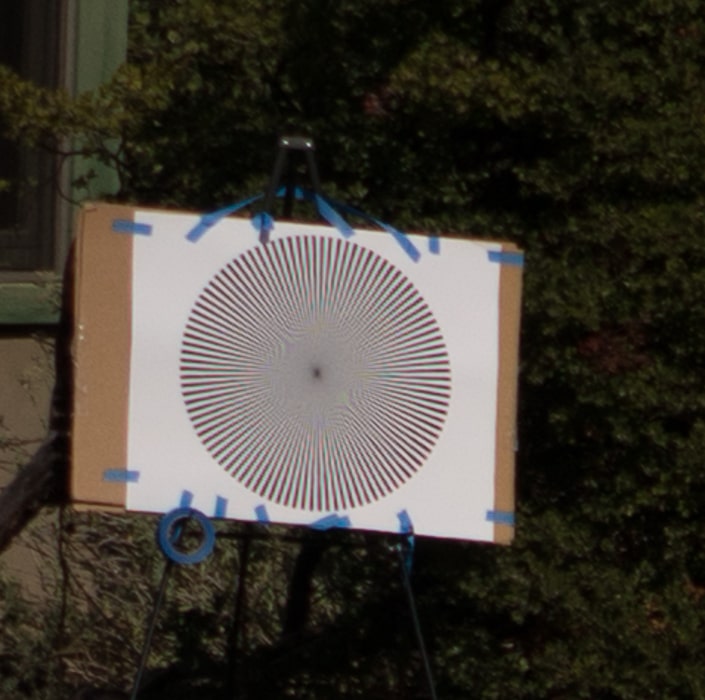
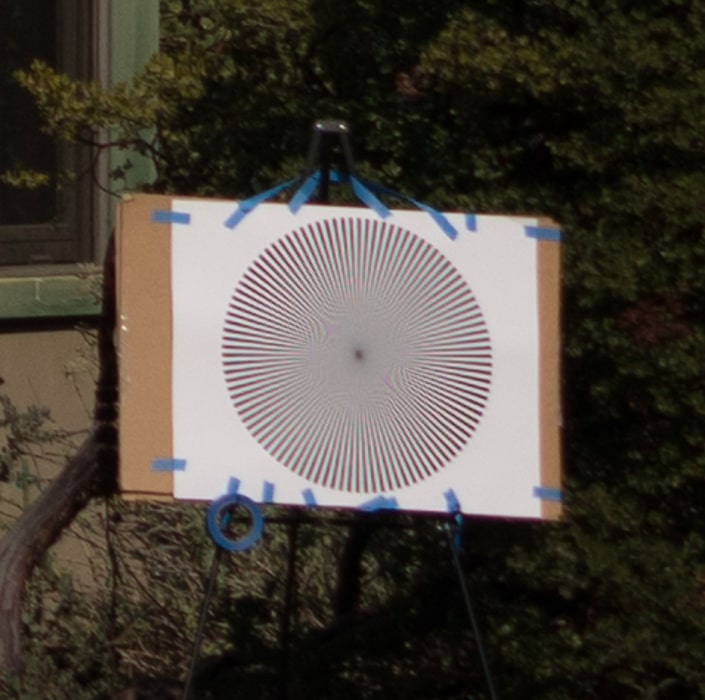
Sharpness is quite respectable, and about the same for both corners. Some astigmatism is present.
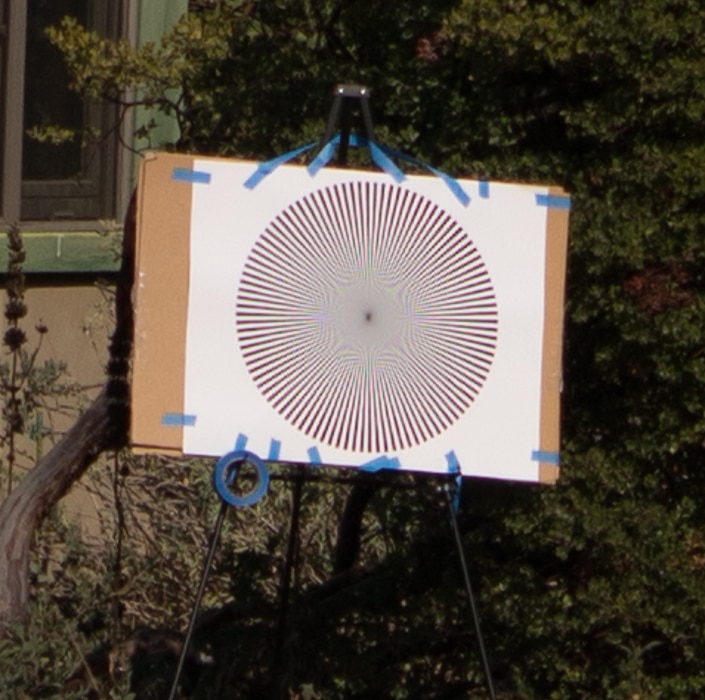
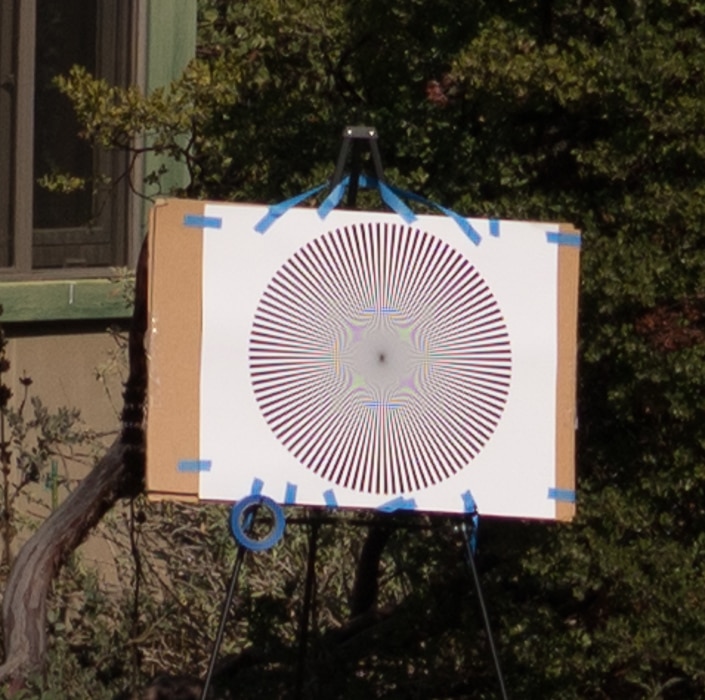
The bottom is a bit sharper. Nothing to worry about, though.
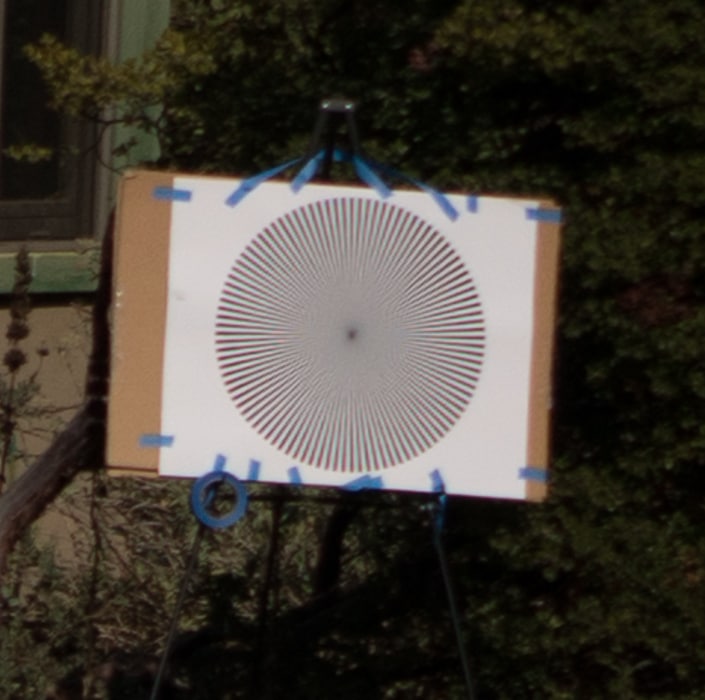
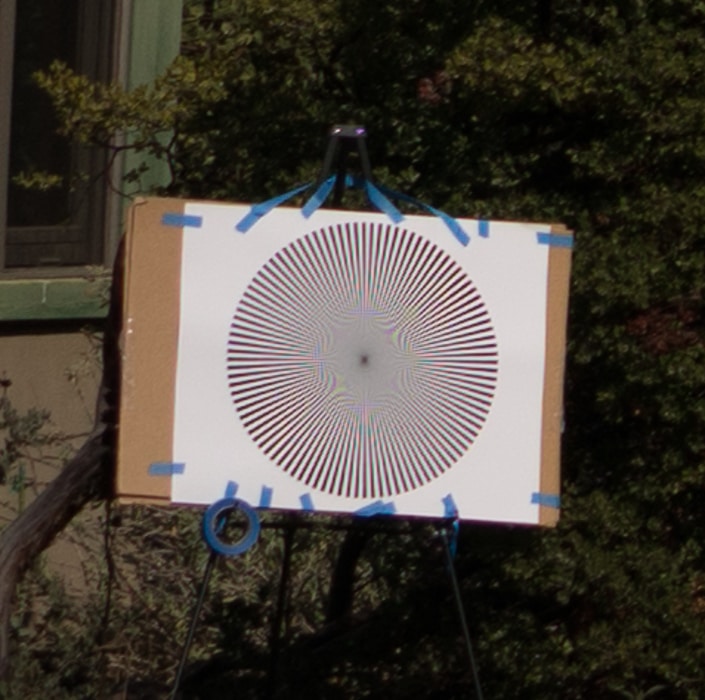
The top right image is not great. We’ll watch that when we look at other focal lengths.
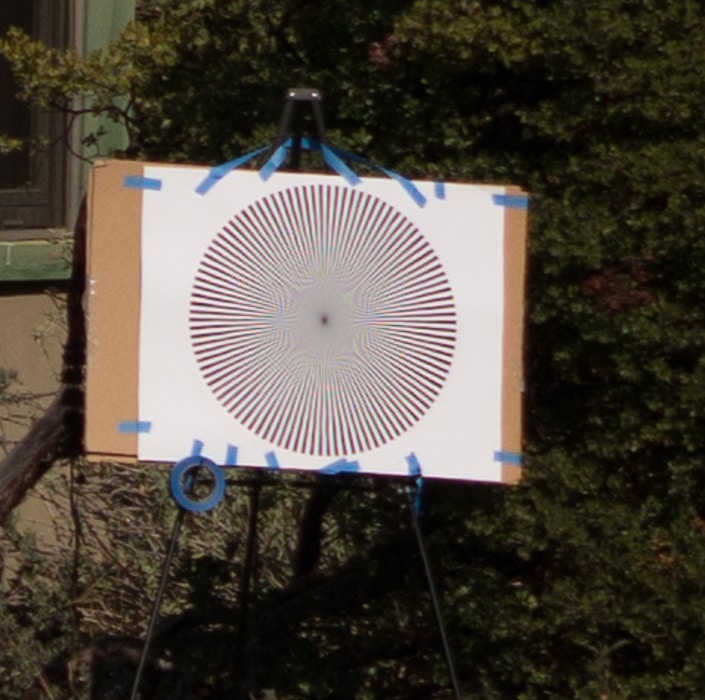
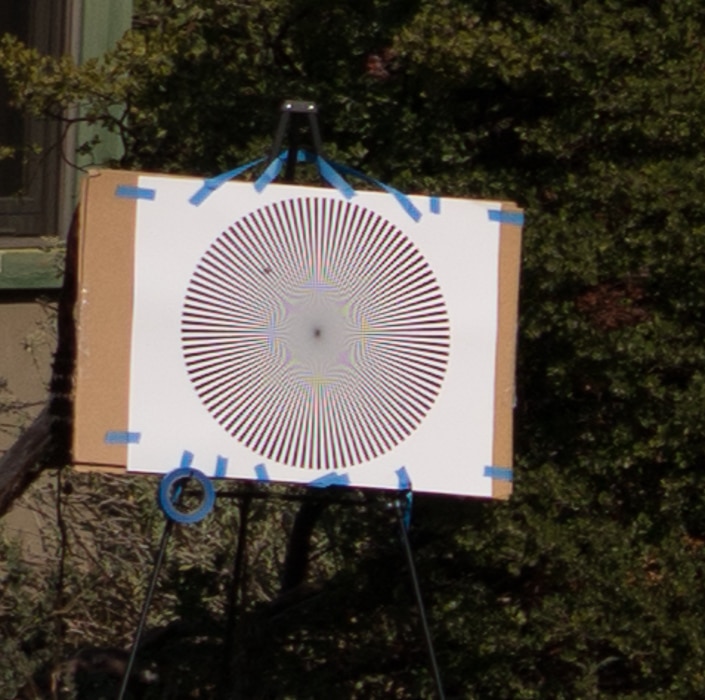
The left is a hair sharper, but the differences are unimportant.
Now at 200 mm:
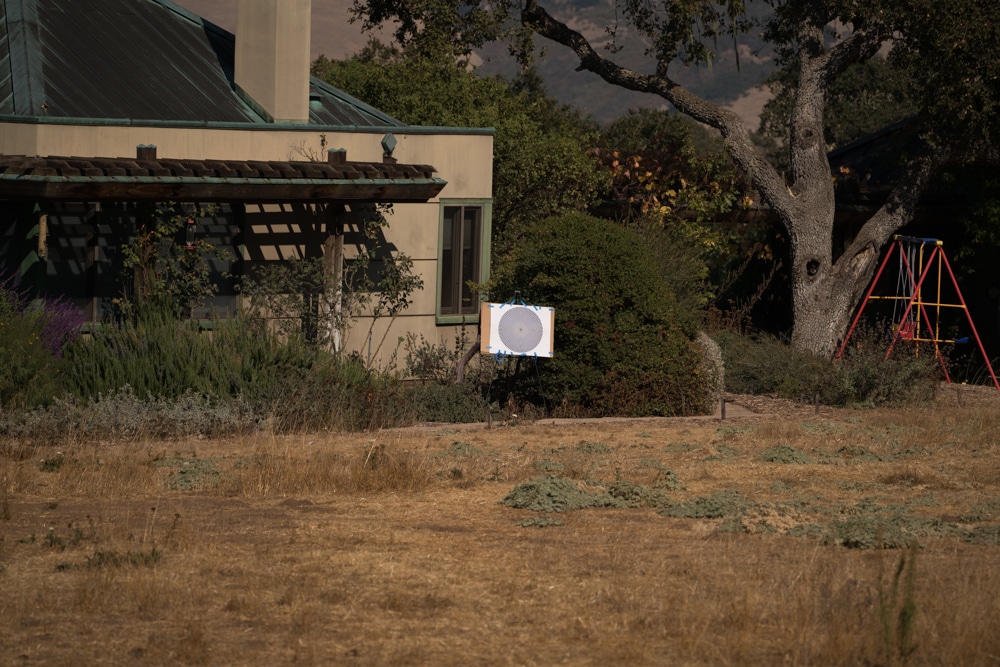
In the center:
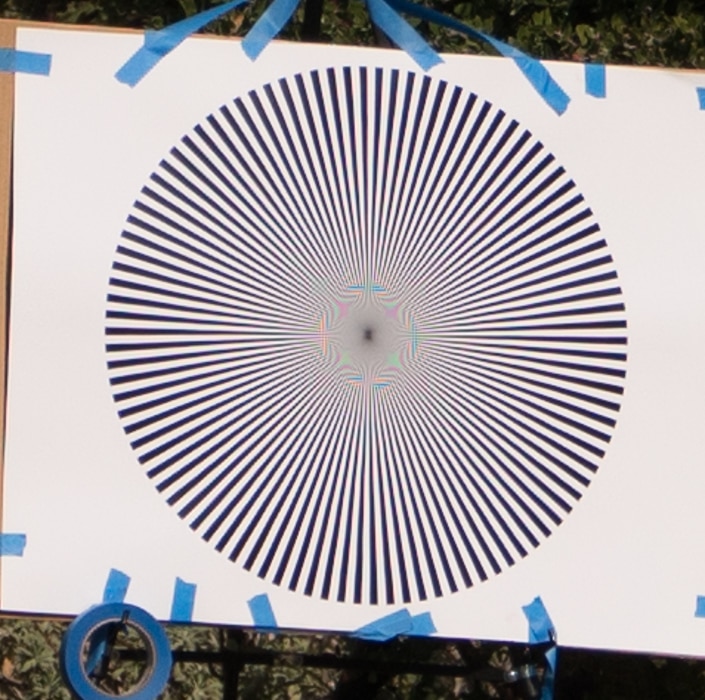
Nice and sharp.

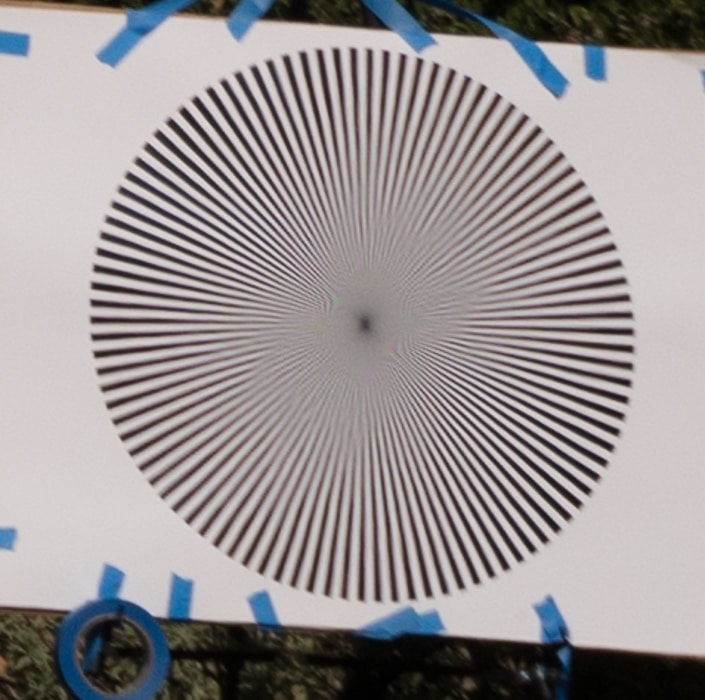
There’s something funny going on in the bottom right. The image is sharp in the tangential direction but soft in the sagittal one. Even though is is soft sagittally, it is still sharp enough to alias; the softness affects the higher contrast part of the MTF.
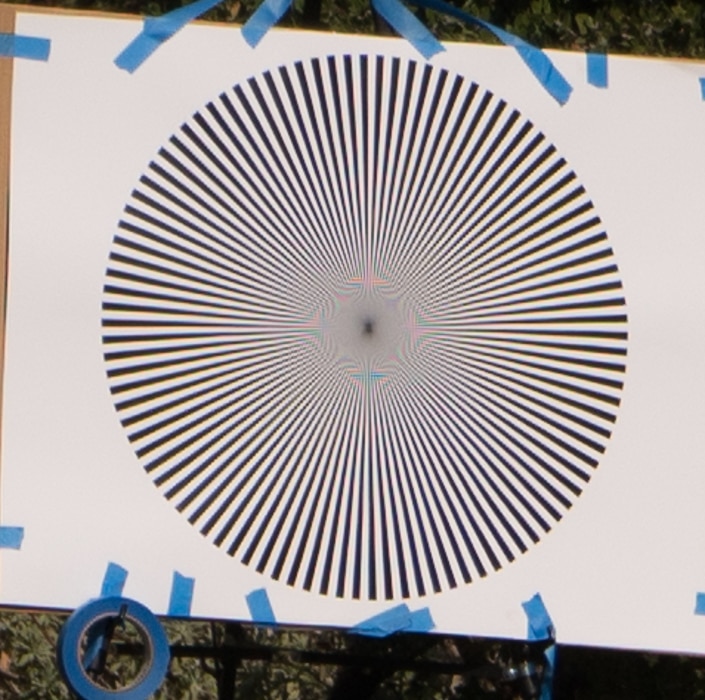
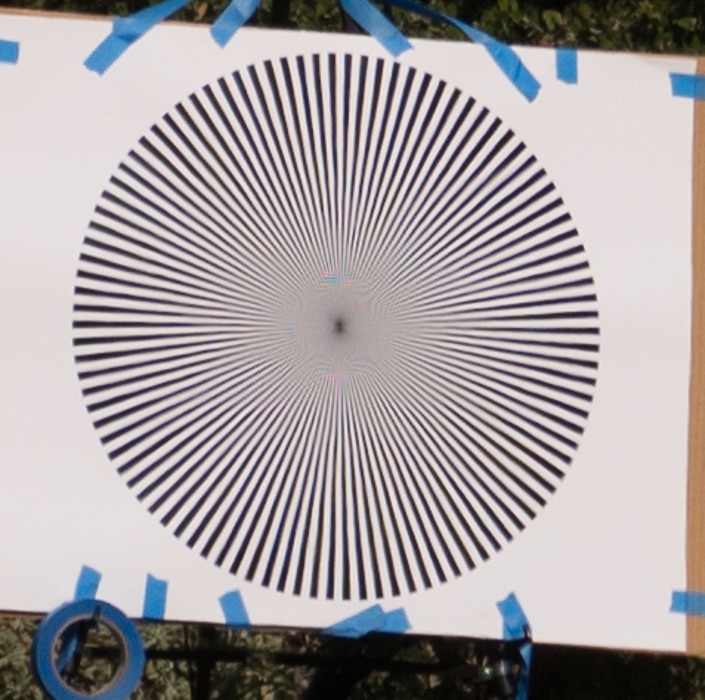
The top is sharper than the bottom.
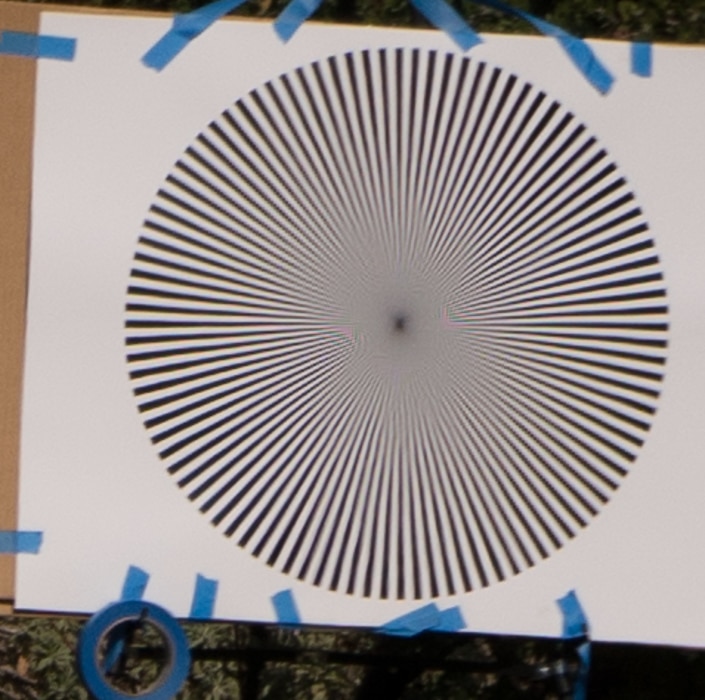
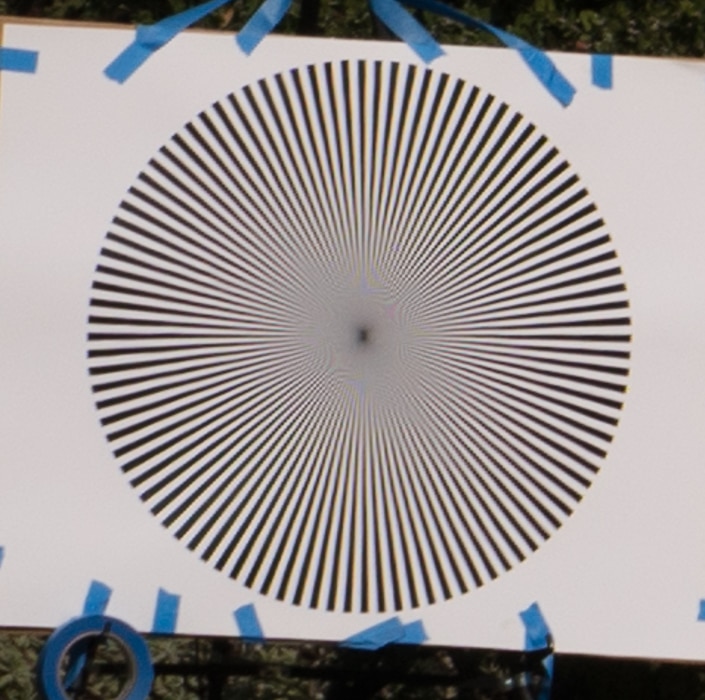
More astigmatism on the upper right; softer radially than tangentially.
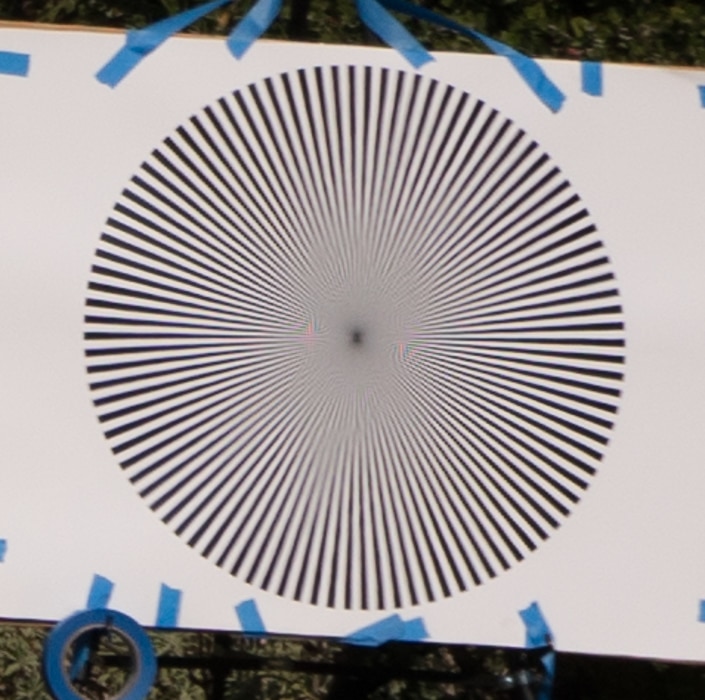

Softer on the right.
At 400 mm:
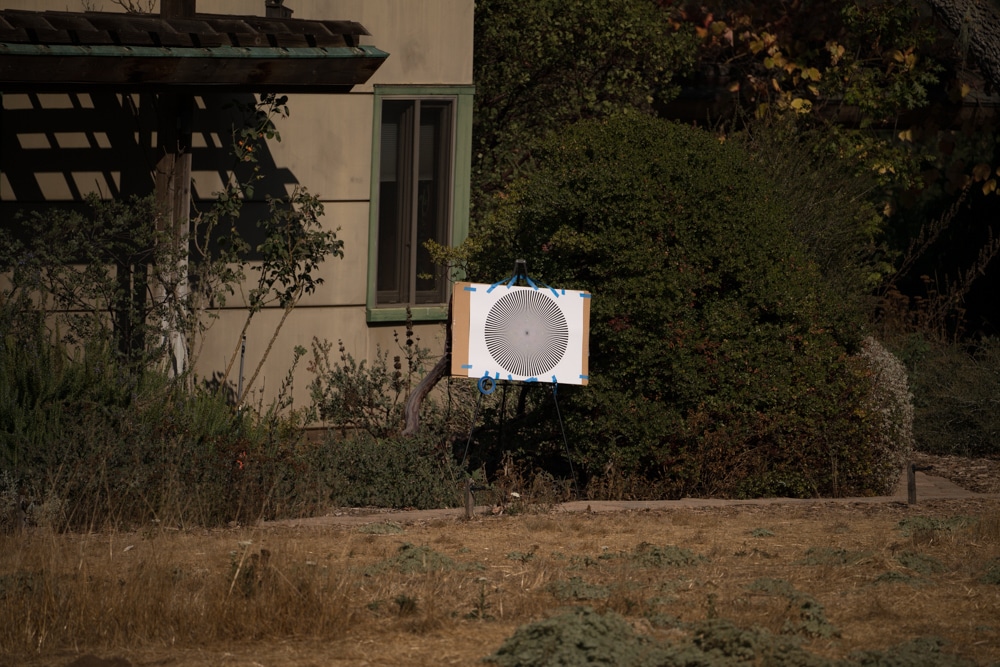
In the center:
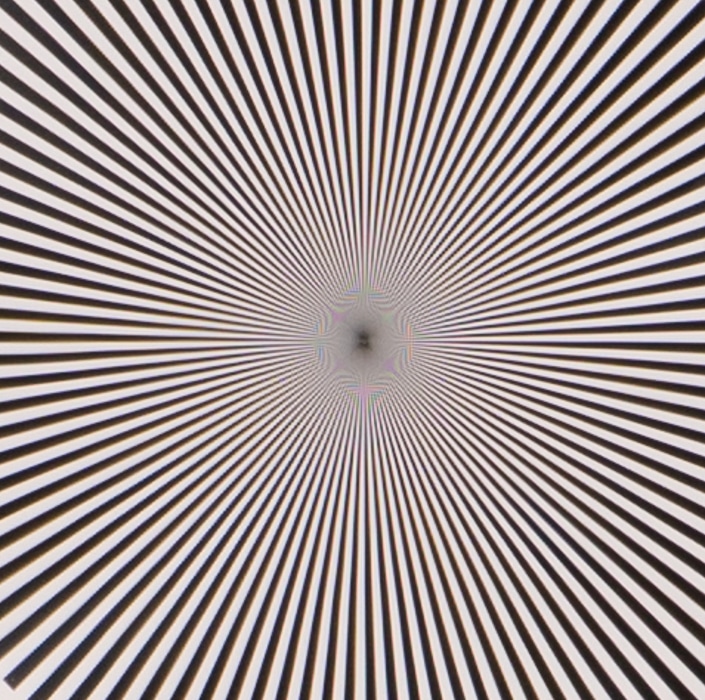
This is darned impressive for 400mm. Of course, it’s only f/5.6, but still.
Going around the periphery:
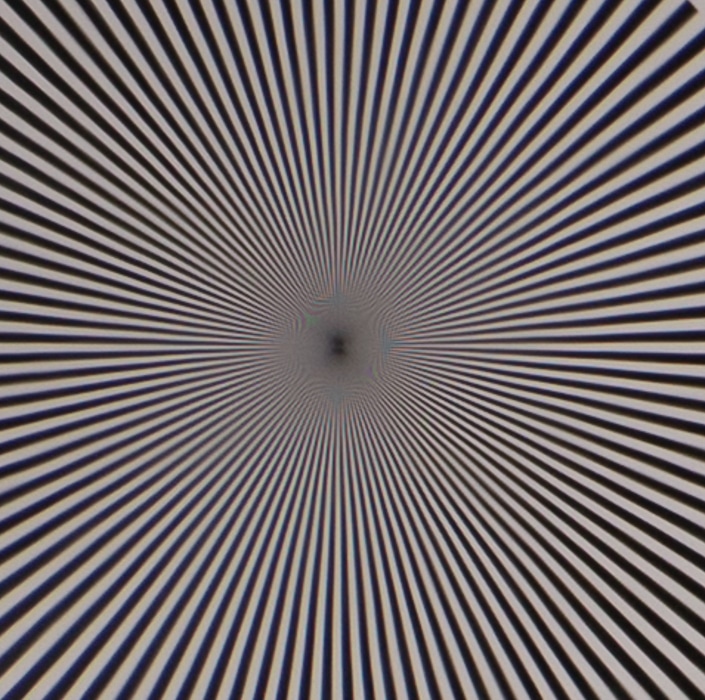

Pretty similar.
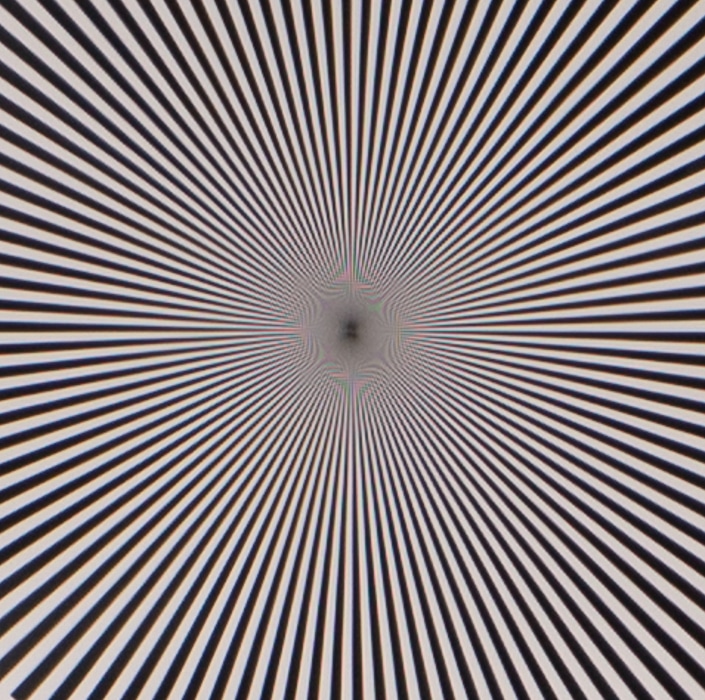

The top’s a little sharper.
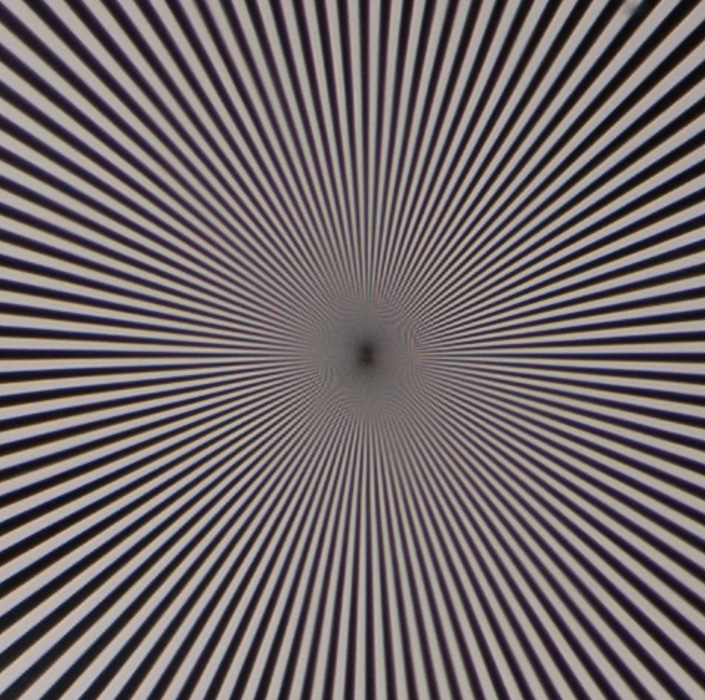
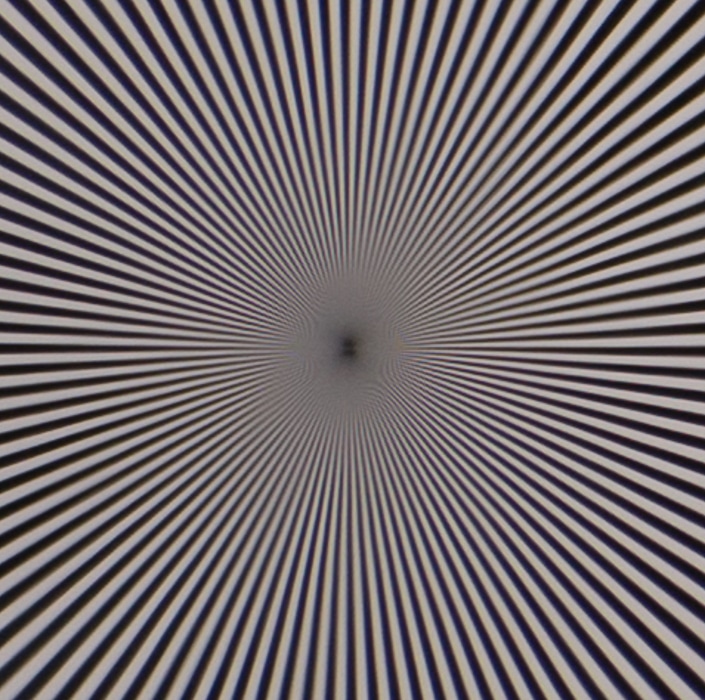
The top right is softer. It’s still pretty darned sharp.
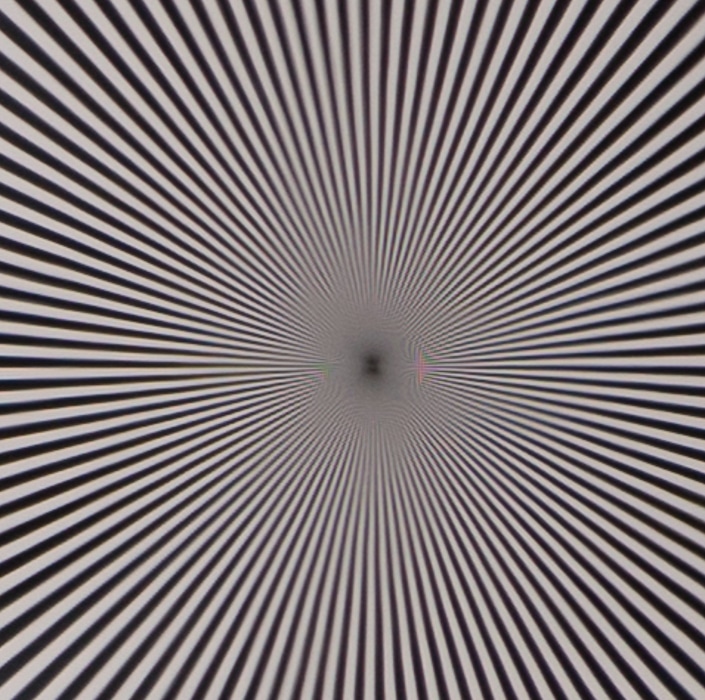

Some astigmatism in both. The left side is sharper.
I’m going to call this lens a keeper, even though it’s not perfect. Considering I’ll use this lens for action and wildlife, I can’t imagine how any of the funny business we saw here in some corners would adversely affect real photographs. And the lens is very sharp in the circle bounded by the short dimension of the frame, where it counts with a lens like this.
Testing note: It was very difficult to precisely focus this lens on the target. Many times, I’d get the focus right, only to have it shift as I removed my hand from the focusing ring. I thought all Sony lenses were focus by wire, but this focus ring is far more sensitive than you’d think it would be if the characteristics were determined by a software engineer. It’s even sensitive by the standards of mechanically autofocused lenses. The Nikon 400/2.8 non VR is incredibly easy to focus by comparison.
200 BR has a lot of damage to the phase component of the transfer function. this is a clue into which aberration it is (coma or astigmatism). I don’t know which – I haven’t studied the PTF in any detail. It would be easy to add a PTF class to prysm to find out.
Nice test procedure! In regards to focusing — if sony would give us a software focus advance tool like those in EOS Utility, Camranger, etc then ring sensitivity would be less of an issue.
I found that in testing I rarely used the low contrast resolution pattern on the right side of the chart so I replaced it with a sine Siemens star pattern with small text in the center.